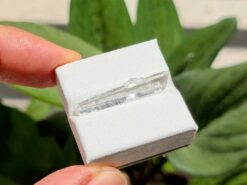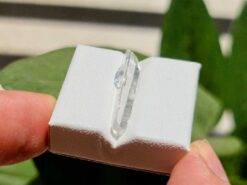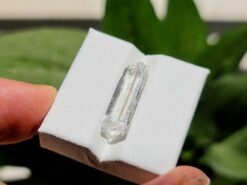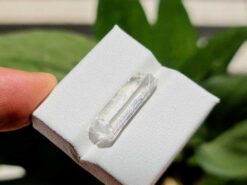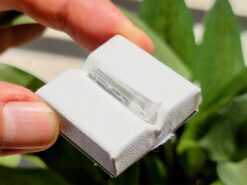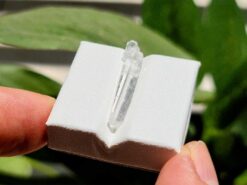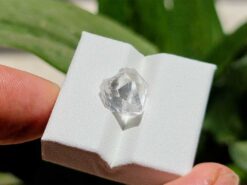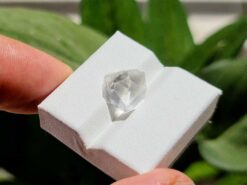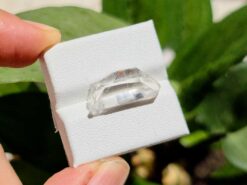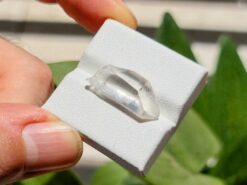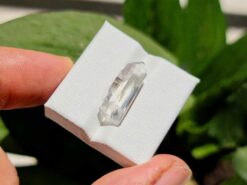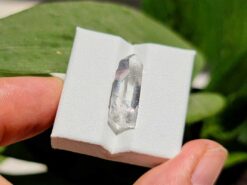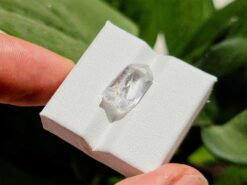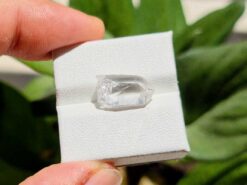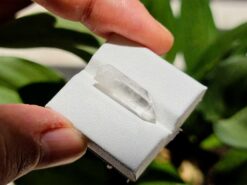Petroleum quartz
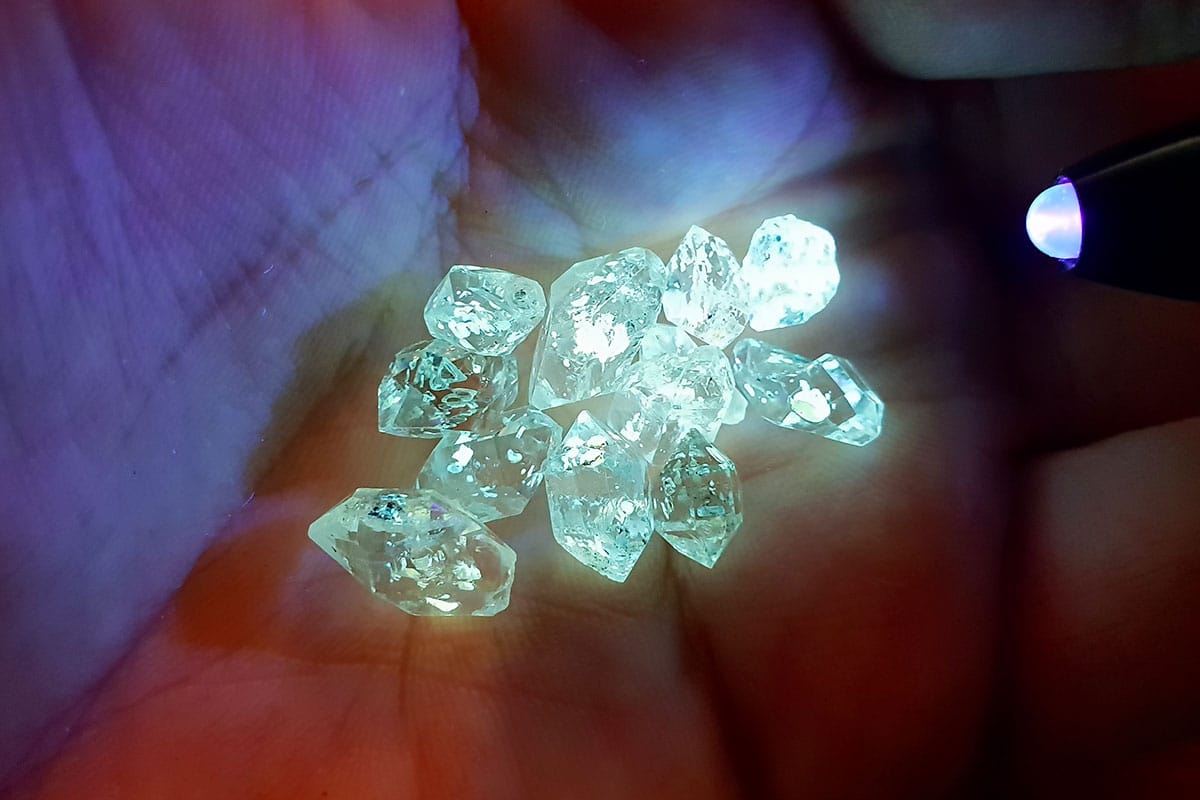
Petroleum quartz is a very transparent, “water clear” crystal.
Buy natural quartz in our gem shop
Petroleum quartz meaning
The faces are smooth and very lustrous without pronounced striations, making the perfect canvas for the inclusions with no interference inside or outside the crystal.
The most visible inclusion is the petroleum trapped in the cavities and negative crystals. It is usually bright yellow with some that are slightly brown.
Some of them have methane bubbles within the petroleum. Some move, some are stationary. Although not very visible, a lot of the times, there is a small amount of water along the edges of the cavities.
Many of these crystals also host black and brown asphaltite, the group name for bituminous hydrocarbons. The asphaltite can be found inside the quartz with no fluid association and sometimes it can be seen inside the cavities along the petroleum. In a few rare cases, the asphaltite moves freely within the cavity.
In cold days, the bubble moves slower than usual but if you just hold it for a couple minutes, it warms up and starts moving faster again.
This alone makes it a fascinating material. But on top of all that, it fluoresces bright blue under long wave UV light.
Quartz
It is a mineral of silicon dioxide. Formula SiO 2. The silica crystallizes in the form of quartz. About 14% of the earth’s crust. From the family of rhombohedral crystalline quartz. It is in the form of large, colorless crystals. Therefore it is one of the master stones of lithotherapy.
By hydrothermal process, the most beautiful stone crystalize in the cracks. It crevices of the rocks rich in silica. Hence the name of crystal of rock.
It is often accompanied by other minerals. feldspars (albite, orthose, adular) and also calcite. The beauty of crystals depends on a rock crystal cut. Mainly from the temperature of hydrothermal solutions. The higher they are, also the more beautiful and transparent they will be. They are usually arranged in groups in any manner. Therefore in a sheaf of crystals of quartz imitating chrysanthemums.
Some stone contain various minerals in the form of inclusions. There are needles of rutile, also tourmaline, amphibole, or clorite spangles. The coloring of certain crystals is due to the presence of traces Elements. Like iron oxides, also manganese, or inclusion from other minerals.
Petroleum quartz from Afghanistan

